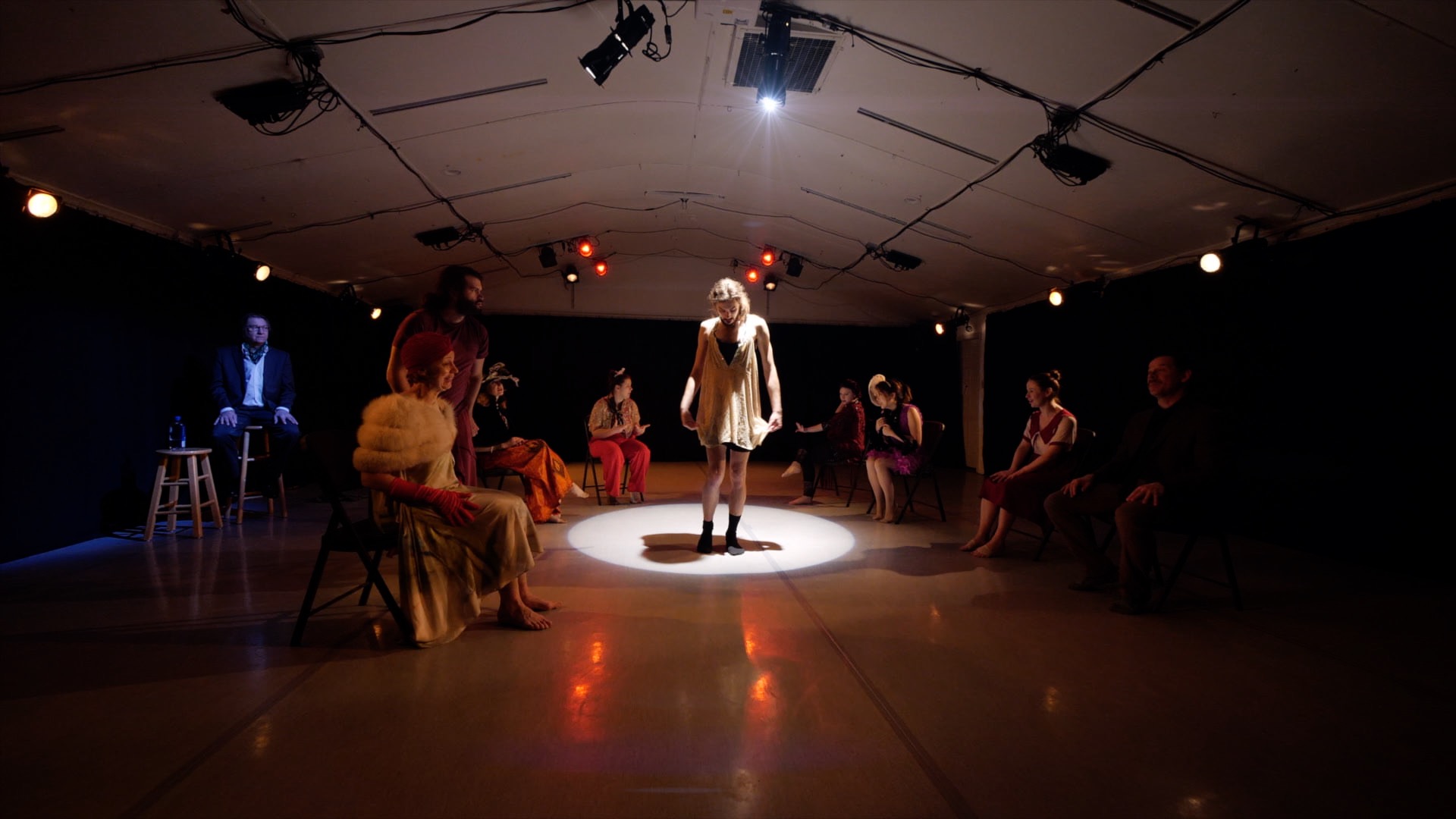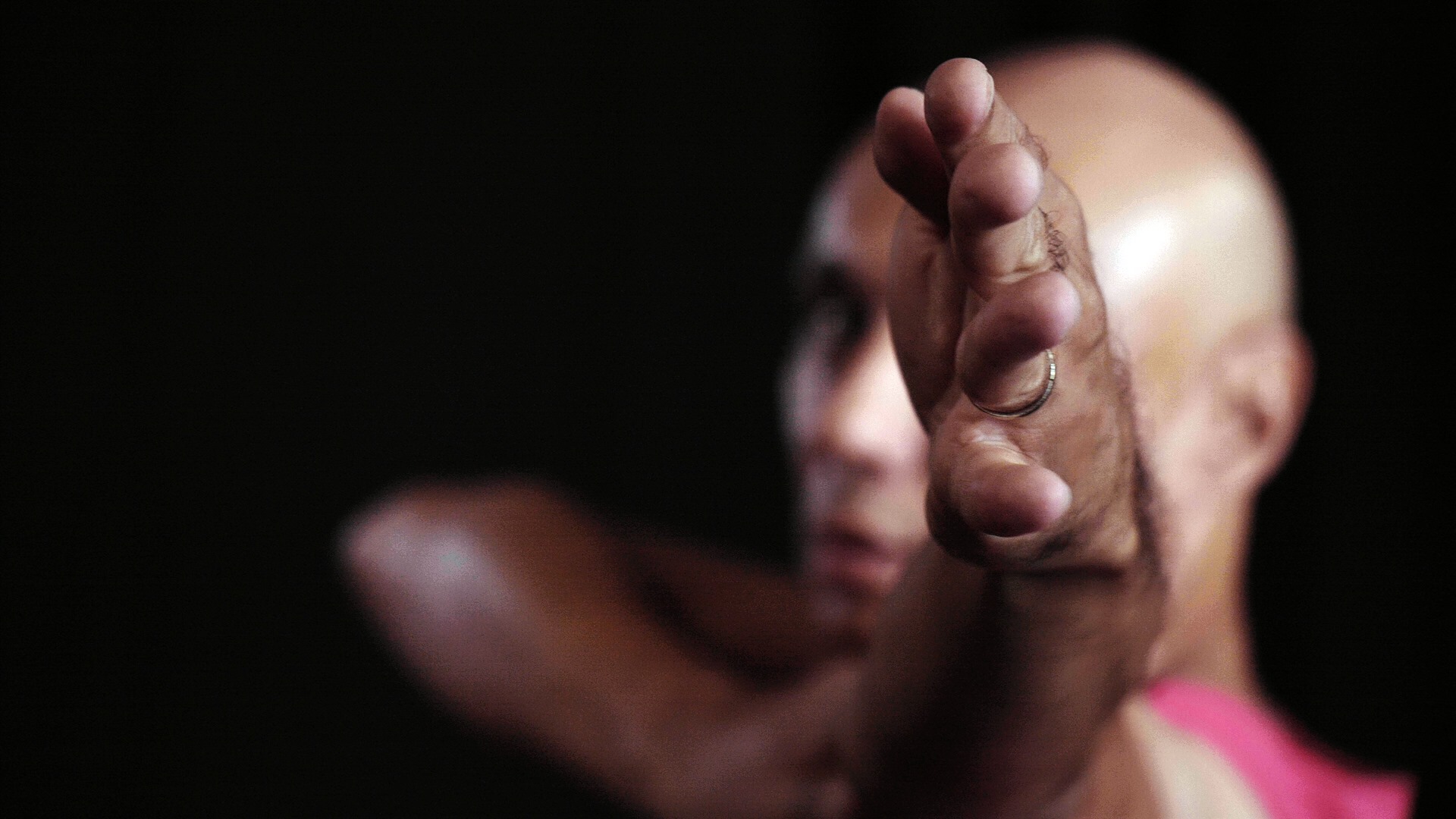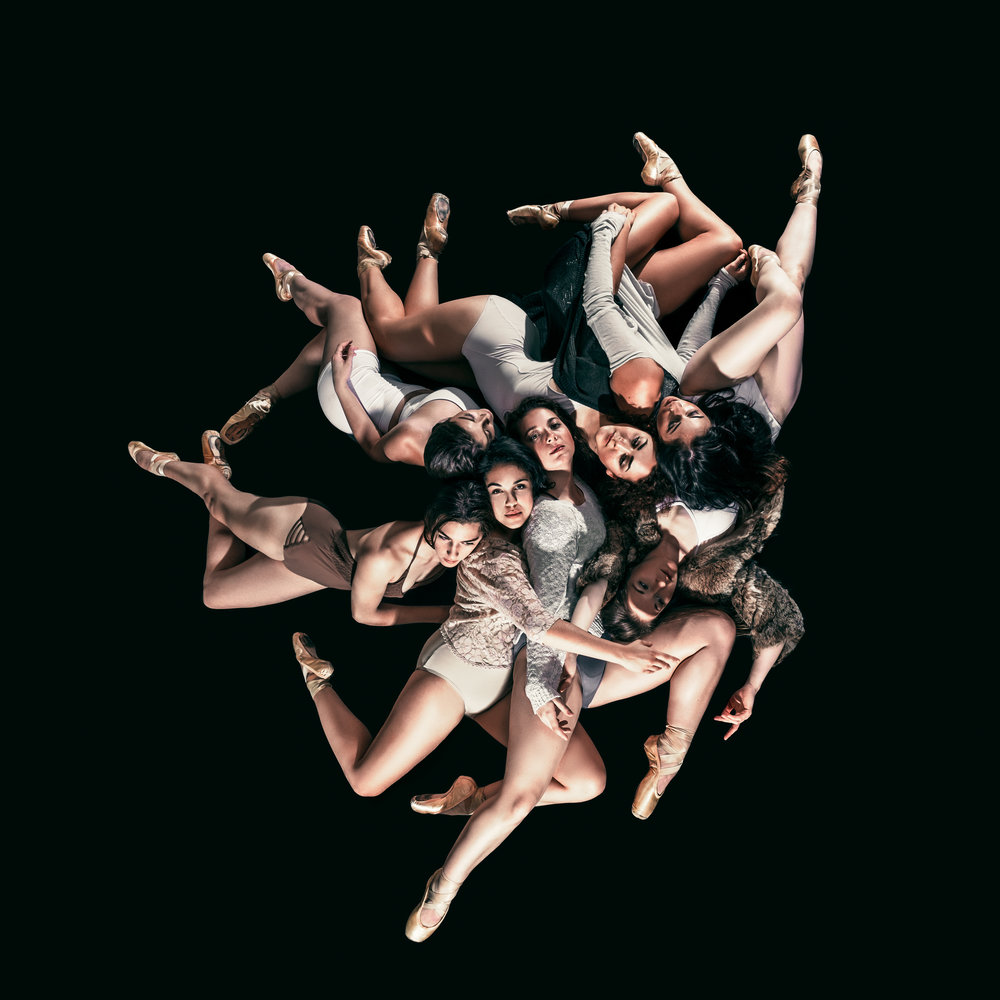When longtime friends and artists Olga Kravtsova and Alisher Khasanov decided to produce the theatrical dance performance that would become Heart of Stone, they knew they wanted to create something that would cross boundaries between artistic traditions.
Between the two of them, they had more than a fighting chance. Khasanov, who was born in Kazakhstan and studied in Moscow, had years of dance and choreography experience under his belt; Kravtsova was trained at the Russian Academy of Theater Arts and holds a degree in Russian Folk Dance.
The two had met in 2006, when they were working together at Drama Theater A-Z. When Khasanov moved to L.A., not far from Kravtsova’s current home in Portland, the two decided to take advantage of their relative closeness and put on a show together.
“Finally, last summer, we just decided, ‘let’s do it,’” Kravtsova said.
Not long after jumping into the process, the duo realized they needed another creative voice on the team: a writer. Through an interpreter, Khasanov explained the need for someone with a writing background to clarify and organize his ideas—a playwright. Almost immediately, Kravtsova knew exactly who they needed.
Karen Polinsky was standing in line at a car rental dealership in Boston when the call came in. It was a hot summer day and the line was backed up for hours, but Polinsky was already in a good mood; she and her husband had just returned from a successful outing in Boston’s jewelry district to kill time and had revisited the place they’d bought their wedding rings years prior. The trip down memory lane had put her in good spirits, even before her phone rang.
“[Kravtsova] called me, and then I did feel like the universe was smiling down on me,” Polinsky said. “It was like this burst of sunshine.”
The creative relationship between Kravtsova and Polinsky went several years back, to when Kravtsova had acted in a play Polinsky had written. Kravtsova came into the production last-minute, to fill in for a pivotal role vacated when the original actor had landed a role in a movie. Kravtsova quickly stepped into the performance, making the role her own.
“She learned the whole thing in like a week and a half,” Polinsky said. “And then she pretty much stole the show.”
Now, several years after their first production together, Kravtsova was reaching out to work with Polinsky again, this time as a producer instead of an actor. Polinsky said yes.
The three of them—Kravtsova as producer, Polinsky as writer and Khasanov as choreographer—converged in L.A. After almost a week of spending quality time around the city, the three holed up in a spa with several thermoses of tea to hash out the first draft of the script that would evolve into Heart of Stone. There, in the seemingly unlikely workspace of a spa common room, Polinsky took all the stories she’d heard Khasanov tell about his childhood and upbringing in Kazakhstan and funneled them into a manuscript.
“We just sat there, and [Polinsky] started to write,” Kravtsova said. “And she was writing for an hour, and then she would keep writing, and writing…three and half, four hours later she was like, ‘I’ve got a play.’”
Polinsky said that the manuscript was barely finished before she stood up in the middle of the seating area, where she described and acted out the entire script before Khasanov and Kravtsova. Polinsky knew the script would go through numerous revisions before it reached its final form, but the core idea of a story about a talented young dancer in Kazakhstan was there.
“I knew at that point that [it wasn’t] going to stay in that story arc that I set it in, in that form,” Polinsky said. “[But] now we have characters, now we have setting, we have a central drama.”
With the script done, the project’s next phase became one of intense dialogue and collaboration between writer, producer, dance choreographer and, of course, the performers. The three set up a ten-day workshopping session to explore and flesh out the production, recruiting six performers from diverse backgrounds to play out each of the drama’s roles.
The finer details of the script became the product of a close dialogue between Khasanov and Polinsky, with Kravtsova translating between the two of them.
“Really, I don’t know what he’s thinking,” Polinsky said. “I only have suggestions, by watching and listening to what he’s telling me. It’s almost like he does a kind of theatrical dance for me, and I’m supposed to guess how that turns into words.”
Khasanov described the process as one of clarifying and refining. He used the analogy of a funnel that he spoke his intentions for the story through and which Polinsky would then organize and filter down into a stream of concentrated information that could fit through a straw.
Kravtsova, who translated many of their exchanges, commented on the inquisitive nature of Polinsky’s questions.
“When we talk about the details and questions, we feel like she was a psychiatrist,” Kravtsova said. “She was so specific on human nature.”
Part of their success in developing the script together came from the fact that the two shared common ground as artists.
“He’s got all these different influences, some of them are shared between us,” Polinsky said of Khasanov. “I’m just listening and trying to tap into what I know and what I don’t know.”
As an artist and choreographer, Khasanov said that he believes that there are two subjects which are universally interesting and spoken about in art—love and death.
“Every time the actors go on stage…they talk about these two subjects, about love, and death,” Khasanov said through an interpreter.
Polinsky echoed Khasanov’s sentiment by referencing a favorite quote of hers. “There’s this thing that Vladimir Nabokov said that’s a guiding principle for me, which is that ‘the most intense effect in art is the perfect combination of beauty and loss,” Polinsky said. “To me that’s not very different from [Khasanov’s] statement that it’s all about love and death.”
With the help of Kravtsova’s interpretation, the two worked out the script that would become Heart of Stone in its final form. The result was a concentrated, pared-down script that expressed itself through both its action and its dialogue, one that embodied what Polinksy described as Khasanov’s ability to “strip everything down to its essence.”
“I wrote the story,” Polinsky said. “But he made it come alive.”
Once the script took shape through the interchange between Khasanov and Polinsky, it was given dramatic life in the movement and speech of the performance’s cast of actors and dancers.
As a choreographer, Khasanov strongly believes in revealing the hidden talent within the production’s performers, even if they’re not fully aware of it. He described the transformations that occurred in the space of only ten days, as the actors discovered skills and confidence they didn’t yet know they had.
“The actors need to be open,” Khasanov said through an interpreter. “They need to be able to trust you.”
Polinsky agreed. “What he’s describing is really the magic of theater,” she said. “[Khasanov] is really amazing in his ability to really bring out the best in actors and he has his own way of doing it…but I do think that’s what it is about. You bring these people together and they have this experience together.”
Quite often this collective experience becomes a point of intersection for different perspectives, as Kravtsova was quick to point out. “It’s a very unique collaboration of different communities, of different cultures, different languages,” she said. “We’re not shy to speak English there, to speak Russian there, Chinese…it was just very unique.”
Kravtsova spoke of fostering the wildness of different personalities coming together in one creative effort, and underscored the importance of creating a space where everyone was truly welcome.
Ultimately, Heart of Stone was the product of this multicultural vision, as well as the dialogue that was able to happen between the creatives who dreamed of it in the first place. Much like the performance’s script and central story, the people who brought it into existence changed as well—and Polinsky recognizes this as a key part of the process of theater in general.
“In the end, everyone’s changed by the experience,” she said. “And no one can ever forget it.”
Heart of Stone will be staged virtually, with performances running from Feb. 4-5.








